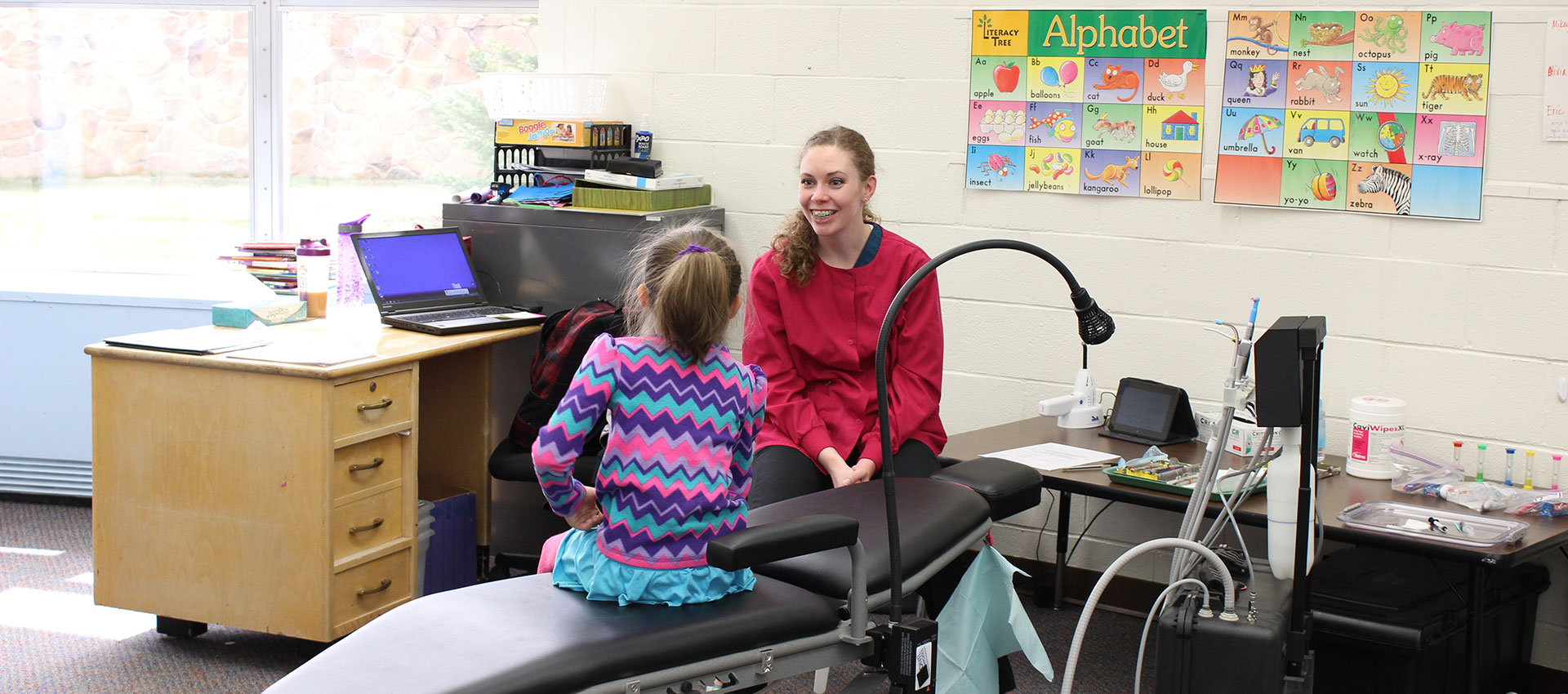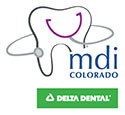
EMR/EDR
Electronic health records vary widely. Some include both a medical and a dental record that communicate with each other; others have exclusively medical or dental components. Ideally your practice would have an electronic dental record (EDR) that communicates seamlessly with your electronic medical record (EMR).
An integrated medical-dental record allows both medical and dental providers to view the full patient history. This promotes well-informed care and treatment planning. It allows for the analysis of more comprehensive population data to be used for quality-improvement processes and population health. It also allows for coordination of the scheduling and billing of patient visits.
This type of communication exists, but it is a relatively new concept. It is possible to still do medical-dental integration without a completely integrated EDR and EMR. It’s even possible if you are using paper charts!
Dental Software Options
There are many electronic dental record (EDR) options available for lease or purchase. A few are already integrated into electronic medical records. Following is a high-level overview of options used in the CO MDI Project. To see specific examples from CO MDI Project grantees, see the equipment list and refer to the “Dental Software” tab.
- Dental software leased monthly:
- You can pay a monthly user fee to utilize an EDR software service that is cloud-based and does not interface with your medical software. This is the least costly and least integrated option.
- Example: Open Dental (an EDR) sells cloud based options for $75 - $150/month depending on the package purchased. Some packages are limited to a certain number of providers or have a fee per provider, per month.
- Some EMRs have a pre-built capacity to interface with a particular EDR software package. In this case, you pay for an interface to be built between the two (easier than building an interface from scratch, because the foundation is already built into the EMR) and then a monthly fee per user. This is a moderate cost and a reasonably integrated option.
- Example: E-Clinical Works has some pre-built capacity to interface with Open Dental software. If your practice has E-Clinical works and you want to interface with Open Dental, the time required would be approximately two months to build it and the cost up to $5,000. Once it is built, a monthly fee is charged.
- You can pay a monthly user fee to utilize an EDR software service that is cloud-based and does not interface with your medical software. This is the least costly and least integrated option.
- Dental software for purchase:
- Some EMRs already have an EDR software module completely built into them. These are less common and more costly, but they provide an excellent option for integration.
- Example: EPIC (EMR) has a very integrated version of this option – WISDOM is the dental piece of the software. E-Clinical Works (EMR) also offers a version of this option.
- There are also EMRs that require building an interface to a dental software. This is costly and time consuming, but the option can be highly integrated.
- If you want the dental and medical software to interface, contact vendors to receive a cost and time estimate.
- Example: One CO MDI Project grantee developed an interface between their EDR and existing EMR from the ground up. It took approximately four years and cost $70,000 (including administrative costs) to build.
- If you want the dental and medical software to interface, contact vendors to receive a cost and time estimate.
- Some EMRs already have an EDR software module completely built into them. These are less common and more costly, but they provide an excellent option for integration.
